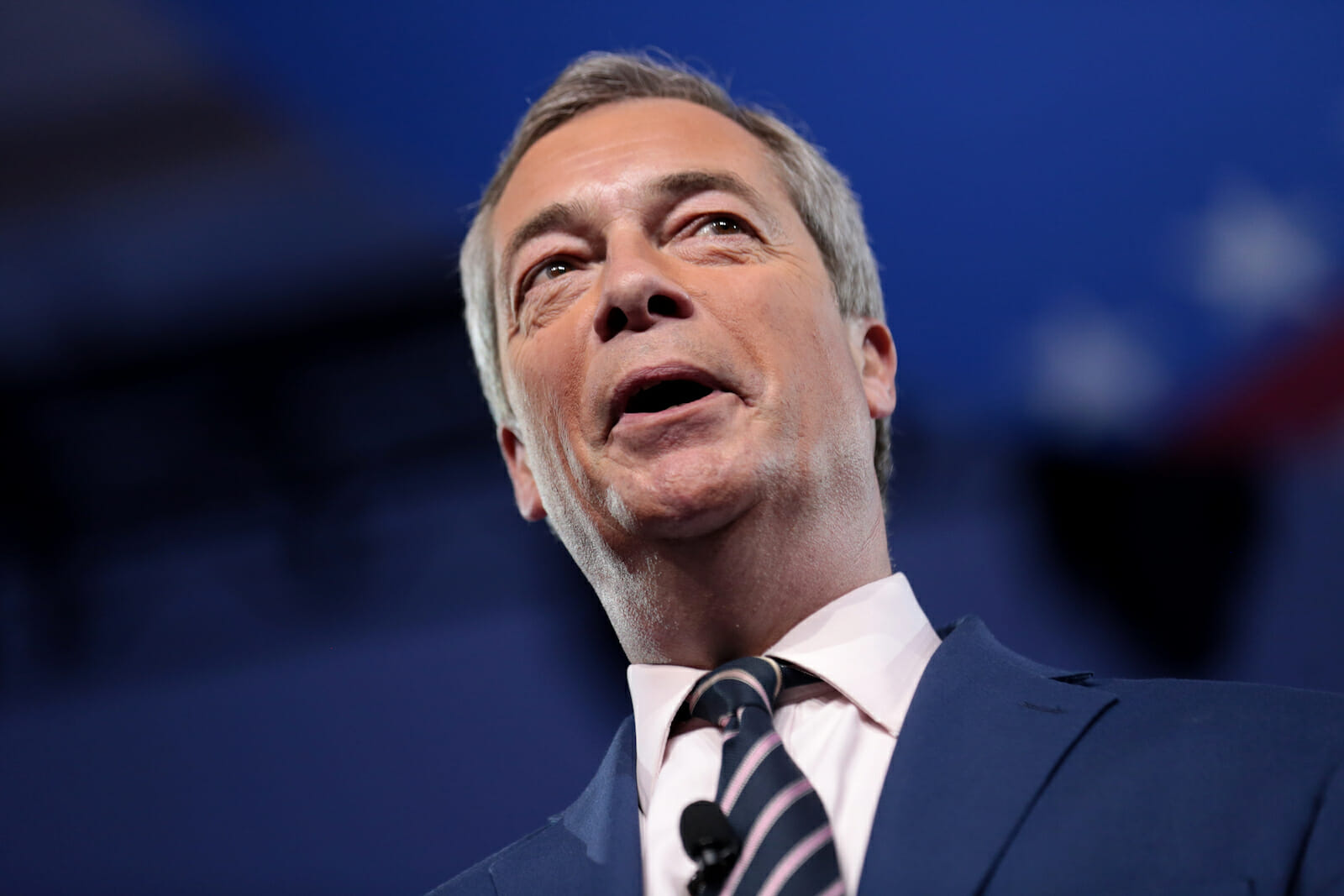
Politics
The Slow, Inevitable Collapse of the Two-Party System
In this election year, it’s clear that a seismic political shift is rumbling through America. Widespread discontent for the status quo is surfacing from both the left and right. A year ago, it would have been impossible to envision a card-carrying socialist and a pre-WWII style populist mounting legitimate presidential campaigns (much less without Super PACs). Now, far-left and far-right sentiments are emerging from the underground as perfectly palatable options to Middle America. Establishment darlings like Hillary Clinton, Jeb Bush & Marco Rubio have faced extreme pressure from the New Normal in their respective political tents.
It has become clear that the traditional 2-party system in America is starting to erode. Sanders’ supporters view Clinton as too untrustworthy and beholden to Big Business. Meanwhile Trump’s blue-collar base has rejected rank-and-file Republicans as being too unsympathetic to their economic concerns, while his surprising chunk of the evangelical contingent is refuting the Bush-flavored puritanism of Ted Cruz. Conversely, Clinton’s supporters reject Sander’s bold platform as delusional and Cruz’s base is increasingly being filled by Never Trump neocon purists and Romney country club Republicans.
One can see political parallels in the UK’s 2015 Parliamentary elections. The two main parties in Westminster Palace, Conservative and Labor (roughly equivalent to the GOP and Democrats), were shaken up by two popular insurgencies.
UKIP, the UK Independence Party, rose up from the rising flames of the relatively conservative British heartland’s fears of free trade in the EU and immigration, winning an eighth of the popular vote in England. To the north, SNP, the Scottish National Party, won 95% of Scotland’s seats by inspiring among other things, record youth turn out and social media support (sound familiar?), with a message of social democracy and defiance against the British status quo.
Intra-party schisms are also forming in the two Anglophone democracies. The Tories are tearing themselves apart over the Brexit, austerity and jockeying to succeed Cameron as Party Leader, while the American neocons are assessing the fallout of Trump’s ascendance while in free fall.
Labor officials are debating whether to follow their insurgent leader Jeremy Corbyn to the far Left after 20 years of Tony Blair’s New Labor movement, which moved the party to the center to win back the support of big business and blue-collar voters. The New Labor centrist putsch coincided with Bill Clinton (and later Obama’s) similar efforts as the face of the Democrats. Now, Democratic voters are beginning to second-guess this political realignment, spearheaded by the presumptive Democratic nominee’s husband. Her opponent Bernie Sanders is siphoning away the youth vote and blue-collar moderates from the Democratic establishment, two of the Party’s traditional constituencies, by railing against neoliberal policies like free trade and social welfare cuts.
Given the rise of social-democratic populism and nativist-protectionist populism in either flank of American politics, it would make sense to look at the formation of entirely new parties. Bernie Sanders can form a Stars-and-Pinstripes version of SNP; he too has the momentum of a more secular, progressive generation reaching political maturity as the more religious, conservative Baby Boomers begin to die out. Assuming Trump completes his takeover of the Grand Old Party at July’s convention, the neocon brain trust can form a new conservative movement; this is
already being planned by members of the #NeverTrump triad. Evangelical and free market diehards can unite to mount a serious challenge to Trump’s right by fielding a Texas crusader like Ted Cruz or Rick Perry, or Mormon elder statesman Mitt Romney.
Regardless of how Trump and Sanders fare in their respective conventions, they could still operate a serious race for the White House. Both New York loudmouths boast a gigantic wave of rabid new voters, as well as a wellspring of working-class Americans desperate to reverse Wall Street’s increasingly oligarchical dominance, mass layoffs/underemployment, stagnant wages, crumbling infrastructure and the other byproducts of the neoliberal-neoconservative economic policy alliance. Sanders could march into November as the nominee of the new Democratic Socialist Party, with a trail of young, idealistic future leaders tweeting and live-streaming behind him.
Depending on July’s RNC, we could see a Make America Great Again Party (MAGAP) trumpeting Trump’s message of putting power back in the hands of the American working class or a Romney-Cruz True Conservatives Party ticket touting Christian piety and Wall St fiscal policy.
Get used to Sanders, Clinton, Trump & Cruz. You may see all 4 of them, come November…
